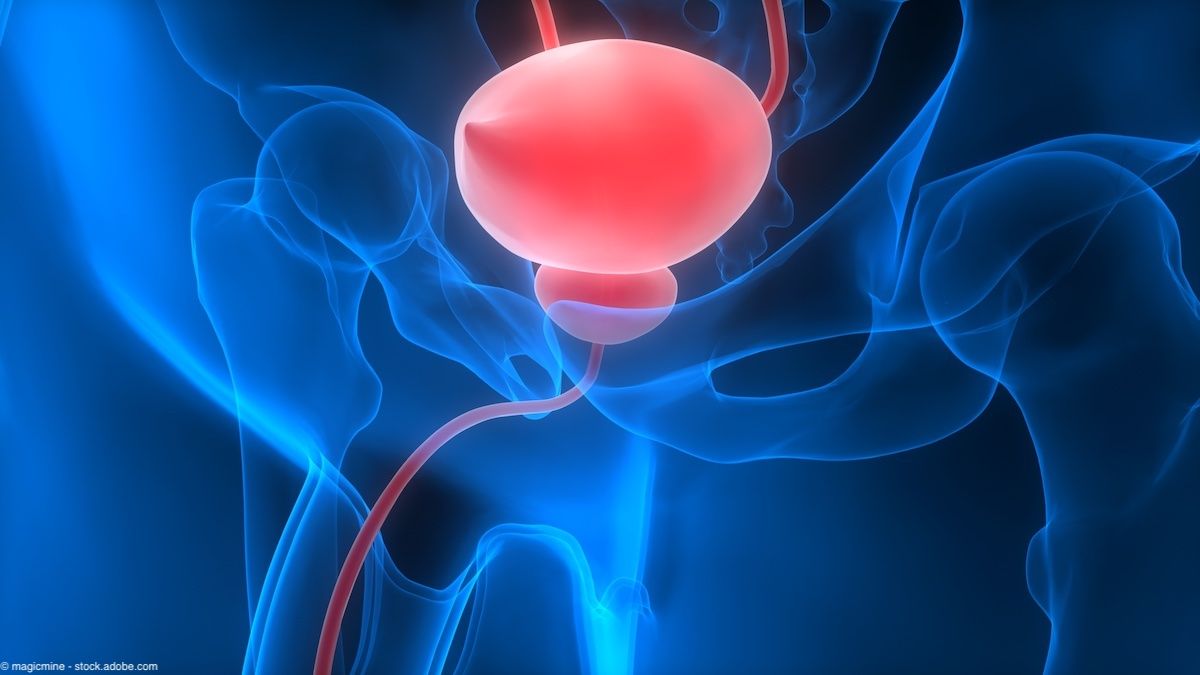Article
Molecular diagnostic for infectious bacteria may obviate need for cultures in pediatric urology patients
Pediatric urology is moving fast, bringing developments that will also change not just adult urology, but the practice of medicine as well.

Key Points
Pediatric urology is moving fast, bringing developments that will also change not just adult urology, but the practice of medicine as well.

Game-changing technology
"I'll certainly be there listening with interest," Dr. Snyder said.
Pediatric urology is the field where tissue engineering to build new organs keeps making news, thanks to research by Anthony Atala, MD, aimed at creating an artificial bladder. But he and his team at Wake Forest University in Winston-Salem, NC, and other groups from Iran and Canada are taking those techniques much further, looking at how to use urine-derived stem cells for long-lasting vesicoureteral reflux repair, culturing human renal cells to generate kidney structures and restore failing kidneys, and using bone marrow mesenchyme, pericardium, and other autologous cells to grow smooth muscle or organized bladder wall tissue that might be used to repair or augment bladders.
Heightened focus on urolithiasis
We know that urolithiasis has been increasing in children, although the reasons aren't clear. The rise in childhood obesity, diabetes, and hypertension may be contributors. And the food safety disasters in China because of melamine-contaminated food also contributed to pediatric urolithiasis in that country. These problems have spurred pediatric urologists to look for better ways to treat children's stone disease. Although at one time, children were thought to be too small to undergo the same ureteroscopic, percutaneous, and lithotripsy techniques as adults, pediatric urologists are finding otherwise.
"The extension of the minimally invasive endourological approach to stones to children is really rather exciting," said Dr. Snyder, who pointed to presentations at the World Congress on mini-percutaneous nephrolithotomy using miniature instruments and percutaneous nephrolithotripsy to manage staghorn calculi in children younger than 16. Other minimally invasive surgeries, both laparoscopic and robotic, are also being extended to children.
'Exciting' botulinum toxin research
Among the upcoming AUA presentations, Dr. Snyder took note of one "potentially really exciting one" from Tehran, Iran. Urologists there are using botulinum toxin A (Botox, Dysport) for refractory neurogenic detrusor hyperactivity in children with myelomeningocele. The drug is not being delivered by injection into the bladder wall, as it is experimentally for overactive bladder, BPH, and interstitial cystitis in adults. Rather, it's being instilled intravesically accompanied by a kind of electrostimulation, known as electromotive administration, thought to drive the drug deeper into tissues.
The technique is very much outside of the box, but, he noted, "If intravesical instillation of Botox could actually help to prevent the detrusor hyperactivity that can lead to augmentation of a neurogenic bladder, it would be a tremendous contribution."
A leader in raising awareness of environmental health problems that affect children urologically, Dr. Snyder called attention to an upcoming AUA presentation demonstrating effects of bisphenol A on the developing fetus and surprising third-generation effects of diethylstilbestrol (DES). French urologists have found a high incidence of hypospadias in the grandsons of women exposed to DES. The nonsteroidal estrogen has apparent epigenetic effects that, disturbingly, go on for generations, he said.
To put all this-and the last 30 to 50 years of pediatric urology-into perspective, don't miss Dr. Snyder's John Duckett Memorial Lecture, "The Changing Face of Pediatric Urology: A 30-Year Perspective," at AUA's May 30 plenary session and David Bloom, MD's, State of the Art Lecture: "The First 50 Years of Pediatric Urology," at the World Congress on May 28.
ModernMedicine NETWORK
NEWS & UPDATES
Pediatric incontinence rates are lower when toilet training is started early, according to a recent report. See: http://www.urologytimes.com/earlytraining





